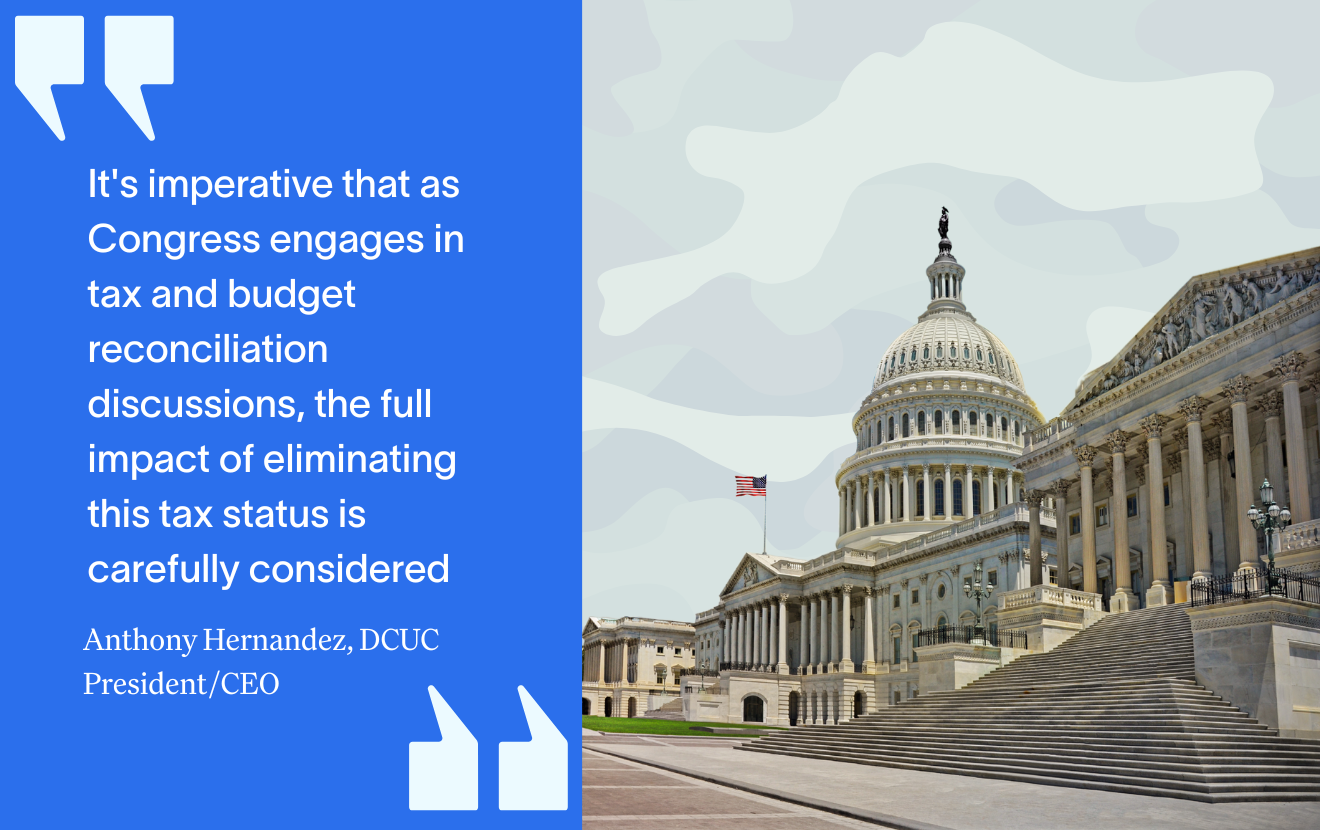Words on a piece of paper, a poster, or a card are just that ... words. And that is just where they will stay – in the training manual, poster in the break room, Intranet, etc., unless you find a way to bring the words to life.
It takes engaged people – from the top down – to bring your words to life. Engaged people are people who get it and own it ... believe in it, embrace it, are excited about it, and stand ready to do whatever you ask them to do because they want to a part of something great. To get people engaged:
- Ask your staff to help you define your service brand by answering some of the service brand questions listed in “Define and Communicate a Strong Service Brand”.
- Clearly define your service brand.
- Train your staff on what they should specifically say and do (words, actions, and behaviors) to deliver Exceptional service.
- Offer ongoing recognition and rewards especially for the early adopters. The early adopters will be your champions to help you drive the momentum in the future.
- Hold staff accountable with goals and incentives for delivering service for which they were trained to do.
- Celebrate your successes, small and big, along the “service” journey. This is crucial to keep the momentum moving forward.
5 Steps to Success
There are five steps leaders must engage in to ensure employees know what they are supposed to do (expectations) to bring Exceptional service to life and that they not only do it right but do it right consistently – consistently is the operative word. Each of the five steps is interlinked. What this means is that each step impacts and/or is tied directly to another step. Furthermore, there is no one step that can stand alone to bring Exceptional service to life – it is the culmination of all these steps:
1. Create accountability: Inspect and validate the service your employees are delivering. Leaders have to inspect and validate the service their employees are delivering and then leaders must reward for the desired behaviors and results and provide consequences for those you don’t over a period of time.
2. Measure, track, and create benchmarks for service. This process helps you define realistic goals and can motivate your staff to perform at higher levels. Once you begin tracking service performance, you can begin measuring your staff’s progress. By measuring your staff’s progress over time, you can begin setting benchmarks and goals to motivate employees to perform at higher service performance levels. Then track and measure success of Exceptional service through client service surveys, management observations, and employee empowerment programs outlining what employees did to resolve service issues for clients and, as importantly, WOW the client after resolution. The goal is to have the member talking about how you resolved the member’s problem…not the problem. Tracking success stories over time also helps validate your employees are doing what you want them to do and inspire others to act in accordance to these behaviors.
Create benchmarks and goals for success through:
- Year-to-year client service survey results. The first year creates your benchmark and the following years help you track your progress and success.
- Monthly/quarterly/annual evaluations of employees’ service performance. Performance evaluations must include “service” as one of the components being evaluated. The weight of importance placed on “service” will send a message to employees as to how important service is. Components to be included in the “service” evaluations are: client survey individual monthly survey ratings, transaction errors affecting clients’ accounts (not number of transactions), management observations (critical), and number of empowerment success stories (invaluable as recognition and training reinforcement to keep the momentum moving forward).
3. Reshape behaviors through the coaching process. A lot of managers think that coaching employees requires a lot of their time and must be official coaching evaluations. This is not true. Reshaping behavior can take as little as 30 seconds per coaching moment. Successful coaching requires continual moments of coaching.
EXAMPLE: You walk by an employee as she is speaking with a client. The employee says something specifically she has been trained to do in regards to checking accounts, and the employee gets the “right” results. Say to the employee...
“You did a great job educating your client on our checking account and the benefits they gain with our checking account. For example, when you said, “You can save up to $200 per year on service fees with our checking your client expressed interest. You even referenced the client’s name twice during your conversation and connected with the client on a personal level when you reinforced how you could help their children in high school establish checking accounts and then establish credit during their college years. Great job!”
You may be thinking I don’t want to reshape this behavior ... it is perfect! You are right, you don’t! You want to reshape the behavior of the other employees who were listening that aren’t using these specific behaviors. Your one-minute coaching moment can impact every other employee listening to you praise the one employee who was doing exactly what you wanted them to do.
4. Create SMART service standards and then recognize and reward the behaviors you have outlined in your SMART service standards. To get consistent service performance, leaders must recognize and reward the behaviors outlined in their SMART service standards (S for specific, M for measurable, A for accurate, R for real to them and the member, and T for timeline.) Remember, what gets recognized and rewarded gets repeated!
The one-minute coaching moment above demonstrates recognition of a specific behavior. To add UMPH to the recognition, the leader could have closed the one-minute coaching moment with, “You did such a great job; you get a reward [leave early, come in late the next day, gift card, etc.]”. Now you have added more value to getting that behavior repeated over and over again not only by the employee who is rewarded but from the other employees observing the one- minute coaching moment who are motivated to get the same recognition and reward.
5. Make the journey along the way FUN. Steve Chandler, author of 100 Ways to Motivate Yourself, believes you should celebrate the small successes and not wait until you achieve a BIG success!
This is so true. You want to recognize and celebrate the little successes (the right results) along the journey, and you want to recognize those who have achieved BIG successes periodically throughout the year. Then at the end of the year, have an annual celebration recognizing your overall success (increased loan volume, member satisfaction, etc.) and showing your appreciation to each and every person who has played a role in the organization’s success. This approach creates a motivational environment that can transform your members’ service experiences into exceptional service experiences and exceptional service experiences into EXTRAordinary service experiences.







